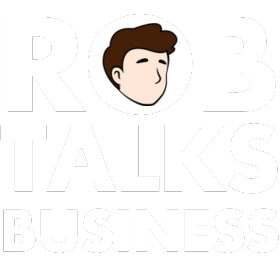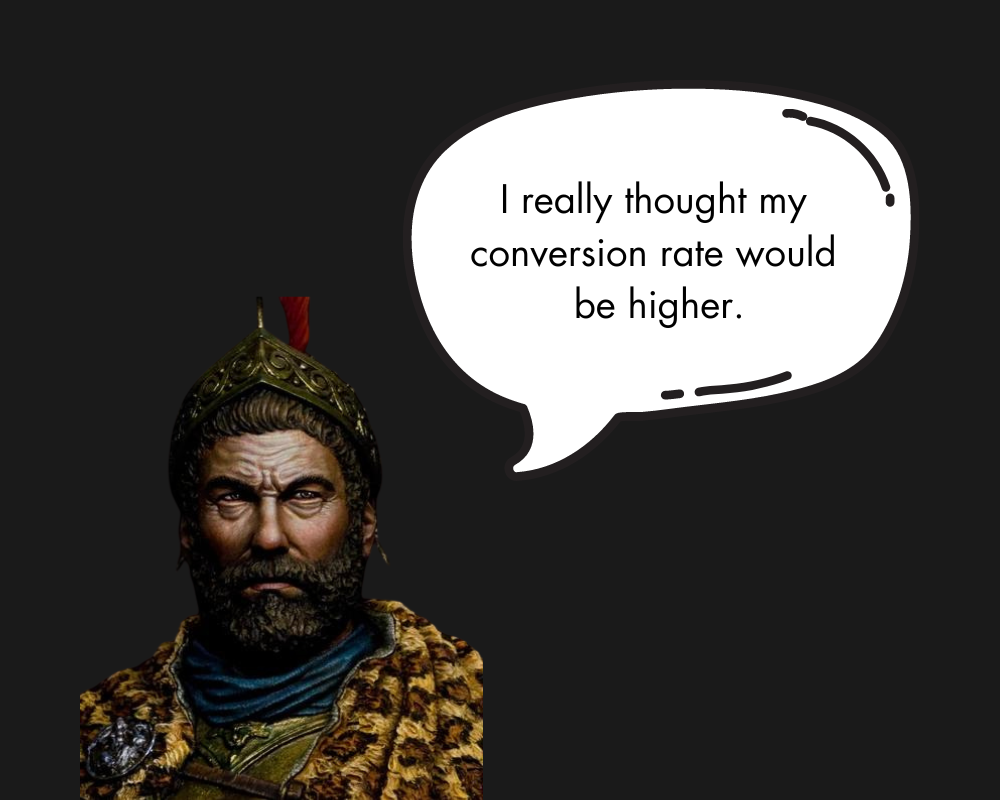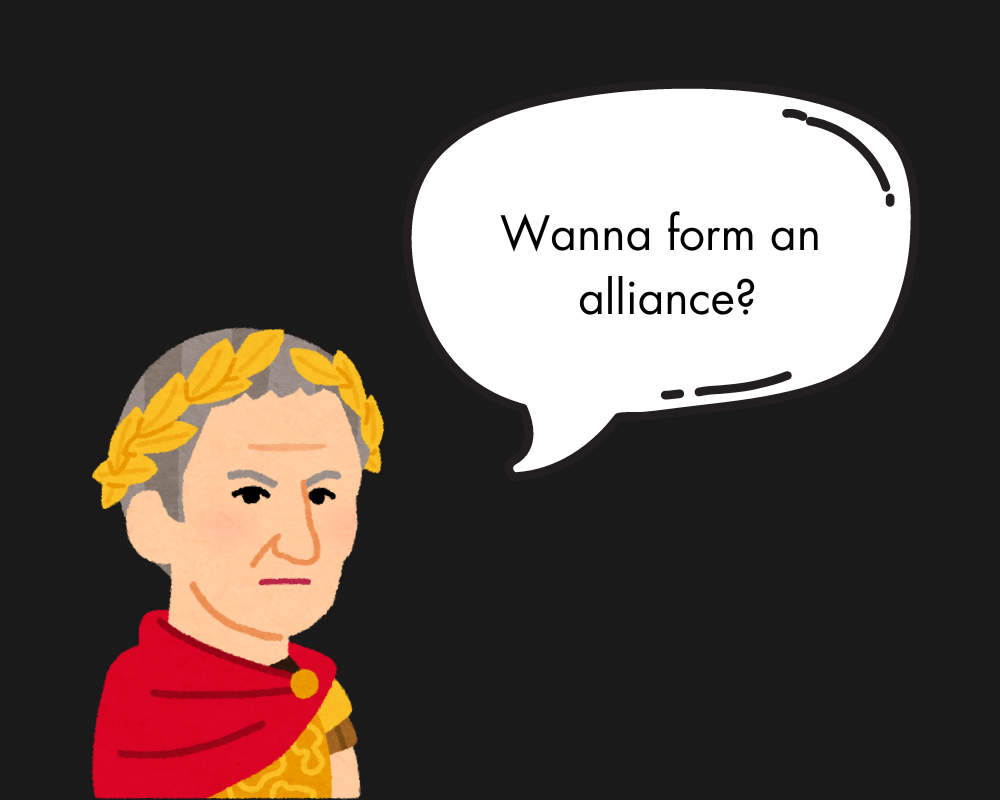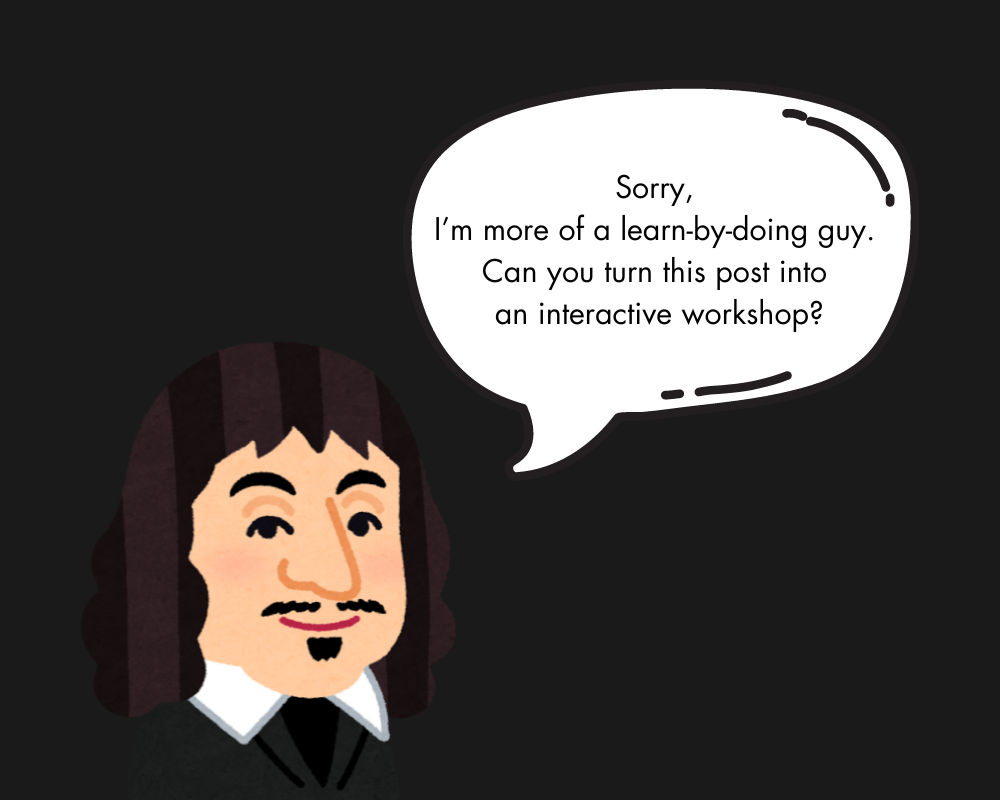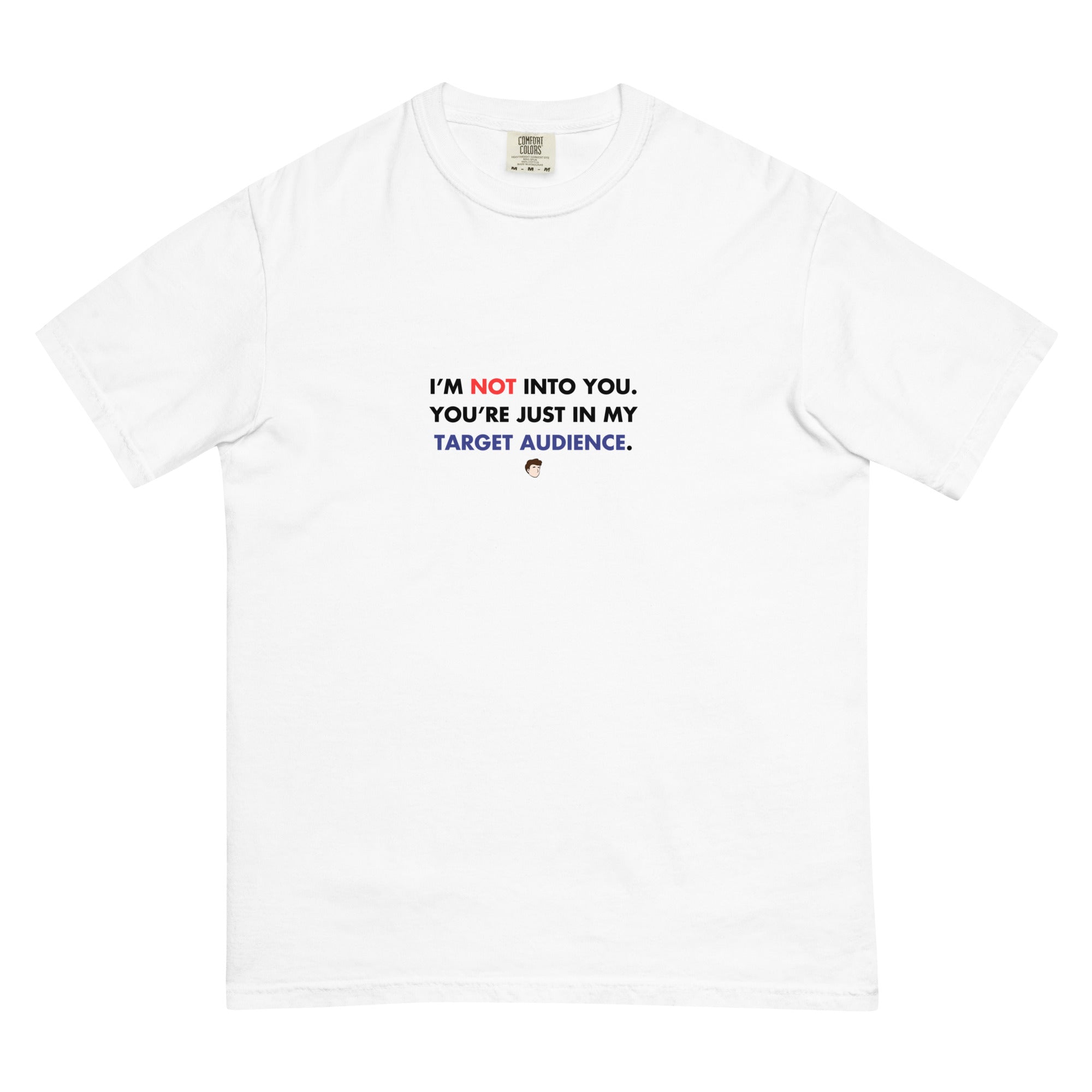Hannibal and the Art of Market Domination: Lessons for Startups
Hannibal Barca, one of history’s most brilliant military tacticians, faced a near-impossible challenge: to take on the vast power of the Roman Republic with a smaller, less resourced force.
The task he faced is not unlike that of a startup founder entering a market dominated by powerful competitors.
Hannibal understood that sheer force alone would not secure victory. To stand a chance, he needed to assess his situation with surgical precision - just as a startup must first evaluate its market size and the problem it seeks to solve.
His crossing of the Alps with war elephants, a legendary feat, was a strategic gamble designed to achieve early impact.
Hannibal couldn’t afford to face Rome head-on; he had to strike from unexpected angles, much like how an indie startup must leverage agility and innovation against larger, entrenched players.
This bold maneuver was a calculated risk, intended to break into the Italian heartland and destabilize Rome's allies.
For a startup, this is akin to targeting niche markets that competitors have overlooked - a foothold from which to expand.
But Hannibal understood more than just the value of bold moves; he grasped the concept of "conversion."
He knew that winning battles would not be enough - he needed to convert Rome’s allies to his cause to weaken its grip on power.
Each victory had to act like a marketing touchpoint, demonstrating to the Italian states that Hannibal’s Carthage was the winning side.
However, as with most marketing efforts, conversion is not guaranteed.
Despite his crushing victory at Cannae in 216 BCE, only a few cities defected to him, just as only a small percentage of your audience will convert into paying customers after encountering your brand.
This was Hannibal’s great struggle: converting initial victories into long-term loyalty.
And it is the same challenge faced by every entrepreneur.
It is not enough to make a strong entrance; you must sustain momentum and grow your base.
Hannibal’s failure to convert enough allies to weaken Rome’s dominance mirrors a startup’s failure to capture sufficient market share despite initial success.
His ultimate defeat illustrates the harsh reality of the market - no matter how brilliant your strategy, without enough traction, you will be overwhelmed by larger forces.
The Calculus of Success: Understanding Market Size and Conversion Rates
In the world of startups, one of the foundational steps is assessing the market size for the problem your product seeks to solve.
Like Hannibal surveying the strength of Roman forces and the potential loyalty of Italian cities, you must realistically evaluate how large your market is and how much of it you can hope to convert.
Success in business, much like in war, is often determined by the numbers.
To understand the necessity of a substantial market size, let’s look at the numbers:
- 1% of People Who See Your Brand Will Visit Your Website: In digital marketing, achieving a click-through rate (CTR) of 2% or more is exceptional, but it’s also rare. More commonly, in display advertising, CTRs hover between 0.3% and 0.5%. For the sake of planning, anchoring yourself to the pragmatic assumption of a 1% CTR is a wise approach. This reflects the reality that not every impression will translate into a meaningful engagement.
- 1% of People Who Visit Will Pay You: Once visitors land on your website, the battle to convert them into paying customers begins. The industry standard conversion rate is roughly 1%. This number might increase to 2.5% for high-ticket items or well-optimized sales funnels, but as you embark on the journey of building a business, it is strategic to adopt the 1% conversion rate as your target.
Therefore, for every 10,000 impressions, you may only see one paying customer.
This stark calculation is why startups must thoroughly assess their market size before launching.
Just as Hannibal couldn’t rely on a few allies to topple Rome, you cannot rely on a tiny market to sustain your business.
The numbers must be on your side.
How Large Should Your Market Be?
In consumer products, a minimum viable market often consists of at least 10 million people who experience the problem your product solves.
For business-to-business (B2B) startups, targeting around 100,000 companies is generally sufficient, thanks to higher conversion rates and larger transaction values.
However, there are exceptions:
- High-Ticket Items in Niche Markets: If your product commands a premium price, you can build a sustainable business with a smaller customer base. This model works well in industries like enterprise software, luxury goods, or specialized professional services, where each sale contributes significantly to your revenue.
- Frugal Business Models: If your goal is to run a lean operation, perhaps as a solopreneur or with a small team, you can afford to have a smaller customer base. Aiming for $100,000 in post-expense revenue annually, for example, allows for sustainability without the pressure of needing millions of impressions. However, this requires a frugality and modest scale aligned with personal financial goals.
The Reality of Conversion Benchmarks
Assessing your market size is not a mere exercise in data crunching - it is an essential strategy for survival.
Understanding that 1% of those who see your brand will visit your website, and 1% of those visitors will become customers, forces you to approach your market with both ambition and realism.
Like Hannibal, you must recognize the delicate balance between bold moves and strategic calculation.
Hannibal’s war against Rome teaches us that even the most brilliant strategies will fail if they cannot convert initial momentum into lasting support.
Similarly, in business, without sufficient market traction, even the best product or marketing strategy can fall flat. Hannibal overestimated the willingness of Rome’s allies to switch sides, just as many entrepreneurs overestimate the size of their target market or the ease of converting potential customers.
As you refine your strategy and optimize your operations, these conversion benchmarks will serve as your touchstone - a reminder of the necessary balance between ambition and pragmatism.
The real challenge lies not only in creating a product that resonates but in ensuring there is a large enough audience willing to support it.
Final Thought: How Large is Your Target Market?
The lessons from Hannibal’s campaign are clear.
Entering a competitive market is akin to waging war against a superior force.
Your success hinges on careful calculation, realistic expectations, and the ability to convert small victories into lasting loyalty.
Before embarking on your business journey, ask yourself: How large is your target market? And more importantly, are you prepared for the long campaign ahead?
Master this understanding, and you will not only survive but thrive in the chaotic battlefield of the marketplace.

